Incense Cedar Tree
- October 3, 2023
- 0 comment

The Incense Cedar Tree, scientifically designated as Calocedrus decurrens, is a botanical wonder that adorns the landscapes of the western regions of North America. Towering up to heights of 200 feet, these majestic evergreens command attention with their straight trunks and pyramid-shaped crowns, creating an iconic silhouette against the sky. What sets the Incense Cedar apart is not just its impressive stature, but also the sensory experience it offers. Its reddish-brown bark, when crushed, releases an enchanting fragrance reminiscent of a blend of vanilla and cinnamon, adding a delightful olfactory element to its already captivating visual appeal.
The tree’s foliage, composed of vibrant green scale-like leaves arranged in flattened sprays, contributes to its graceful and feathery aesthetic. As a testament to its adaptability, the Incense Cedar thrives in a variety of habitats, from the slopes of mountains to the valleys below, showcasing its resilience in diverse ecosystems.

Beyond its ornamental value, the Incense Cedar has practical significance. Its wood, renowned for its durability and resistance to decay, has been utilized for centuries in construction. From crafting shingles to building fences, the Incense Cedar’s timber has left an indelible mark on human industry.
| Characteristic | Description |
| Scientific Name | Calocedrus decurrens |
| Height | Up to 200 feet |
| Bark Color | Reddish-brown |
| Habitat | Mixed-conifer forests, mountain slopes, valleys |
| Geographic Range | Western regions of North America |
| Lifespan | Typically long-lived |
| Growth Rate | Moderate to fast |
| Soil Preferences | Well-drained, various soil types |
| Family | Cupressaceae |
| Climate Preferences | Tolerant of a variety of climates, including both warm and cool |
| Water Requirements | Moderate; can tolerate some drought |
A Brief History
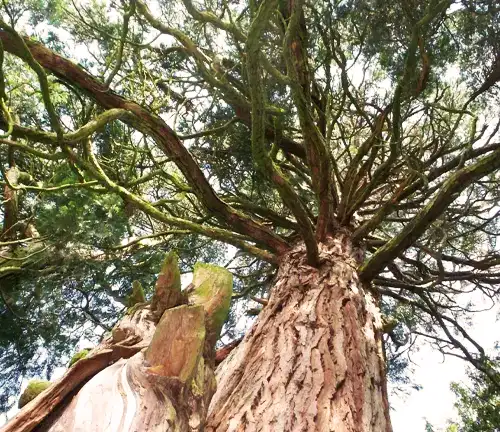
The Incense Cedar Tree, scientifically known as Calocedrus decurrens, has etched its story across the landscapes of western North America for centuries. Steeped in history, this majestic evergreen holds cultural significance and practical value that has stood the test of time.
Color/Appearance
One of the most distinctive features of the Incense Cedar is its striking reddish-brown bark, which not only serves as protection but also emanates a delightful fragrance reminiscent of vanilla and cinnamon when touched or crushed. This aromatic allure is one of the tree’s most captivating qualities, making it a sensory delight to encounter.

Botanical Features
From its towering height of up to 200 feet to its pyramid-like crown and vibrant green scale-like leaves arranged in flattened sprays, the Incense Cedar embodies botanical elegance. Its straight trunk, which can reach impressive diameters, adds to its majestic appearance and distinguishes it from other coniferous species.
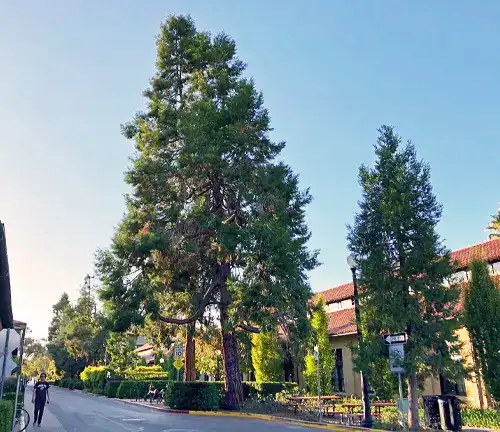
Cultivation and Care

Growing an Incense Cedar tree can be a rewarding endeavor. These trees thrive in well-drained soils and are adaptable to a range of climates, from warm to cool. With moderate water requirements and a moderate to fast growth rate, they can be cultivated in gardens and landscapes, adding both aesthetic and ecological value.
Ecological Importance
The Incense Cedar is more than just a beautiful tree; it plays a vital ecological role. It provides essential habitat for birds, insects, and mammals, and its small winged seeds are a crucial food source. The tree’s presence also contributes to soil stabilization and watershed health, making it a cornerstone species in its native ecosystems.

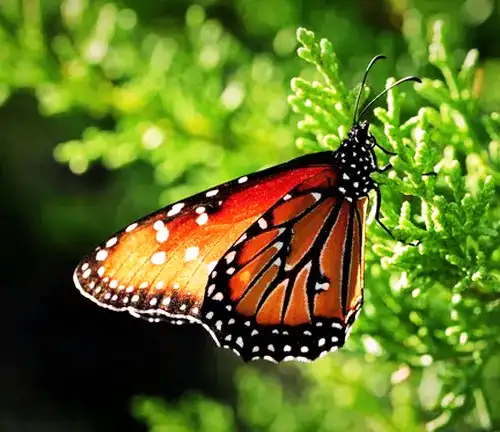
Wood Products and Applications

Historically, the Incense Cedar’s durable and decay-resistant wood has been prized for crafting shingles and building materials. Its straight grain and fine texture make it a preferred choice for various woodworking projects. From traditional construction to artisanal creations, this wood has left an indelible mark on human industry.
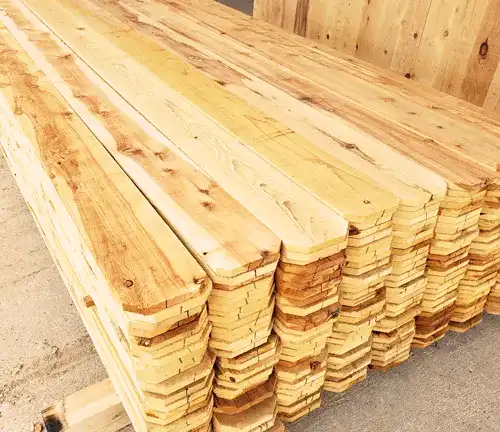
Culinary Applications
Beyond its utility in construction and craftsmanship, the Incense Cedar has culinary applications. The fragrant bark has been used to infuse flavors in cooking, adding a unique twist to dishes and beverages. Its aromatic essence creates a sensory experience that elevates culinary artistry.
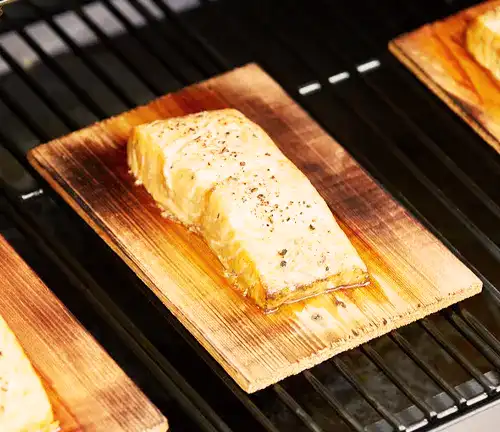

Benefits
From its historical importance in indigenous cultures to its continued use in modern society, the Incense Cedar Tree offers numerous benefits. It symbolizes resilience, adaptability, and the intrinsic connection between nature and human civilization. Its wood sustains industries, its aroma enriches our sensory experiences, and its ecological contributions support diverse ecosystems.
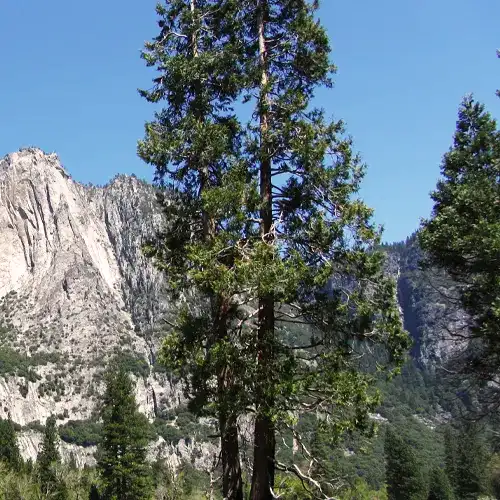
In conclusion, the Incense Cedar Tree stands as a symbol of natural beauty, resilience, and practical utility. Its rich history, captivating appearance, ecological significance, and diverse applications make it a cherished component of the natural world and a valuable resource for humanity.
Frequently Asked Questions (FAQs)
- Why is it called the “Incense Cedar”?
The tree earned its name due to the aromatic fragrance emitted by its reddish-brown bark when touched or crushed. This scent is often likened to that of vanilla or cinnamon, resembling incense, hence the name “Incense Cedar.” - Are there any cultural or spiritual significance associated with the Incense Cedar?
Yes, the Incense Cedar holds cultural importance among Native American tribes. Some indigenous peoples consider it a sacred tree, using its branches and bark in various rituals and ceremonies. It is also seen as a symbol of strength and resilience in Native American cultures. - Can you use the Incense Cedar for making herbal remedies or natural medicine?
While the Incense Cedar is primarily known for its aromatic properties and wood, some traditional herbalists have used its bark and leaves for medicinal purposes. It is believed to have potential benefits for respiratory health and as a mild analgesic. - Does the Incense Cedar have any specific pests or diseases that affect it?
Incense Cedars are generally hardy and less susceptible to many pests and diseases compared to other tree species. However, they can be vulnerable to certain types of fungi and root rot if the soil is excessively wet or poorly drained. - Is the wood from the Incense Cedar Tree used in modern construction, or has it been replaced by other materials?
Incense Cedar wood remains valuable in modern construction. It is still used for various applications, including shingles, siding, and interior finish work. Its durability and resistance to decay continue to make it a preferred choice for certain building projects, especially in regions where it is abundant.


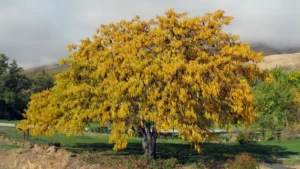
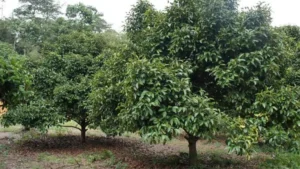

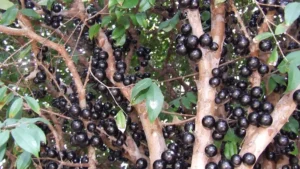
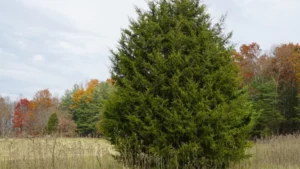
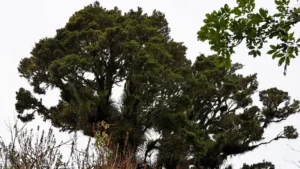
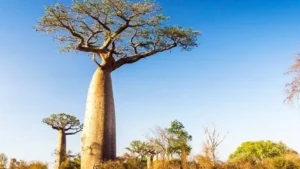
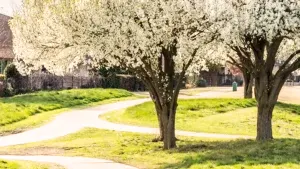
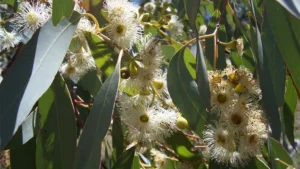
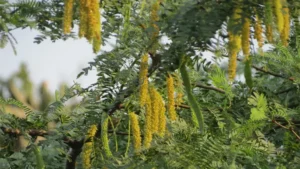
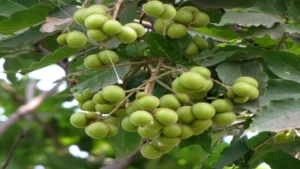
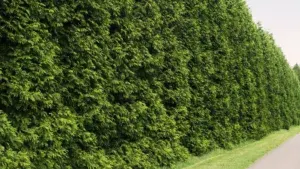
Leave your comment